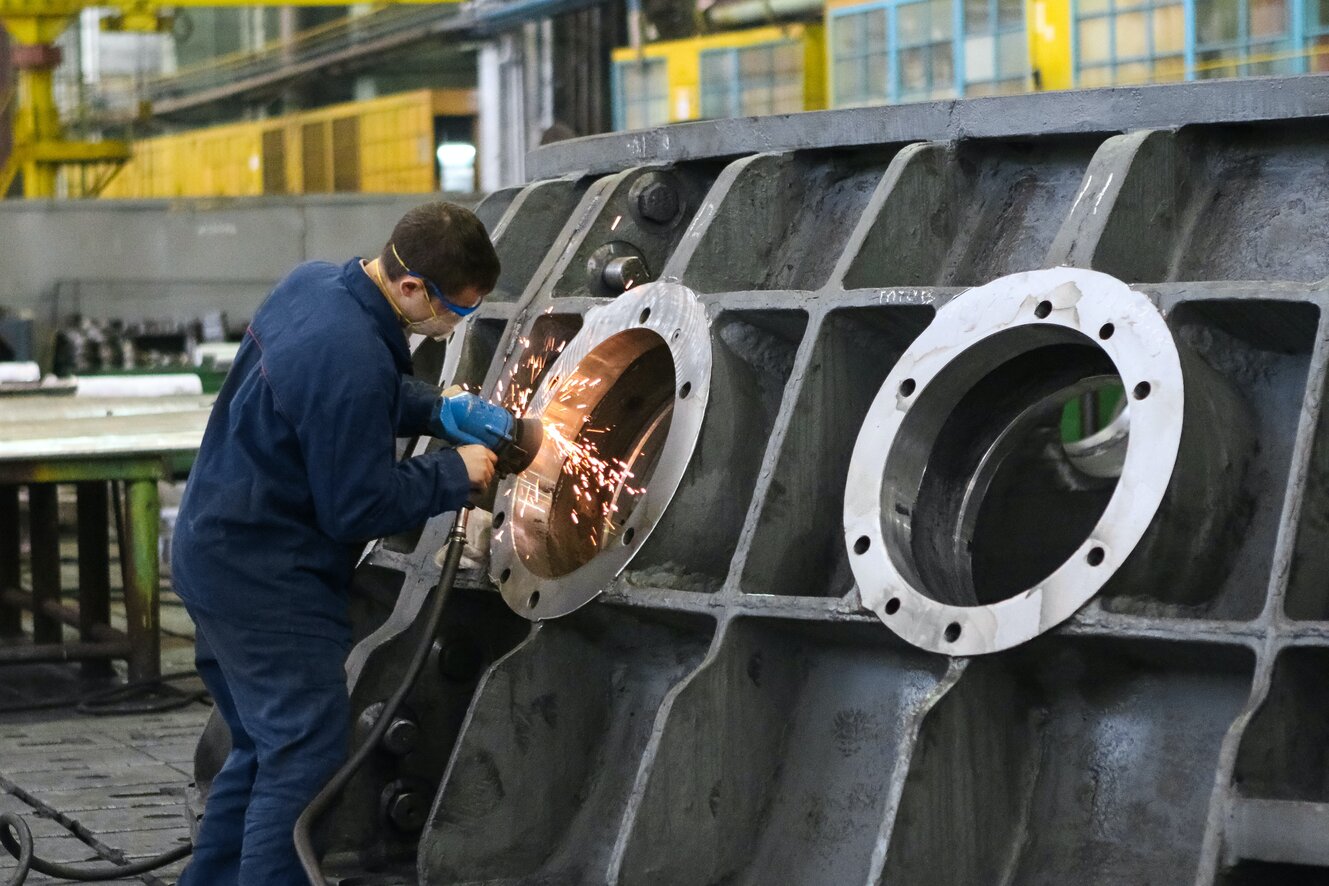
We’ve all known someone who has been stymied by bone, muscle, or joint discomfort. Musculoskeletal disorders and discomfort can strike at any moment and any age, preventing individuals of all ages from working or living their lives.
The good news is that anybody, from a toddler with scoliosis to a person with a catastrophic injury requiring limb-saving surgery, may benefit from an orthopedic surgeon’s knowledge. There are therapeutic alternatives available to assist people in living happier and more productive lives. Surgical tools are necessary for therapy. We will explain fundamental instruments that are being used in Pakistan by orthopedics during surgery.
We will provide a quick review of surgical tools used in basic orthopedic surgery in this blog. These are the devices that the orthopedics utilizes regularly to conduct procedures such as arthrotomy, lateral suture stabilization, Tightrope CCL, fracture fixation, medial patellar luxation correction, and others. Most of these operations may be performed without some of the equipment mentioned below, however, having suitable instrumentation will make the surgery faster and more efficient. Efficiency and quickness will, in the end, result in a better outcome for the patient.
The electrosurgery unit
It generates electric energy by directing currents via cutting and coagulation tips. The electroscope has the benefit of reducing surgical bleeding and preventing the development of unwanted cells by contact destruction. When used in orthopedic surgery, an electroscope has several advantages.
Read Also – How IoT And Telemedicine Will Play An Important Role In Healthcare?
To begin, tissues such as the joint capsule and synovium are highly vascularized and prone to bleeding, particularly in the presence of inflammation and disease (i.e., cranial cruciate ligament [CCL] rupture).The electroscope can be used to cauterize blood arteries as well as cut through tissue such as subcutaneous or fascial tissue. Maintaining a clean, bloodless surgical area is critical for enhancing the visibility of each anatomical component, particularly while conducting an arthrotomy.
Scalpel Blade
A scalpel blade is a tiny, accurate tool that is suitable for tissue dissection during orthopedic surgery. Another advantage of utilizing a scalpel blade is the accuracy it provides when working in small places. This blade is required, for example, to debride the CCL remnant during a stifle joint exploration or to conduct extensive meniscal excision.
Mayo Dissecting Scissors
These operating scissors come in a variety of lengths and weights. They are categorized based on the type of points, the form of the blades, and the cutting edge of the blades. Mayo dissecting scissors are made to cut through resistant tissue like fascia. As a result, they are excellent scissors for accessing a joint or fracture where muscle fascia must be incised.
Thumb Forceps
The tissue is grasped with thumb forceps. They may hold a tissue firmly, either horizontally or vertically, depending on their style, while causing little tissue injury. Because of their serrated gripping surface. When working with fascia and harder tissues, longer forceps with big teeth (rat teeth) can be quite beneficial.
Gelpi Perineal Retractor
Although the term “perineal” may appear to be the incorrect application for this instrument, it is a retractor developed for perineal surgery. The Gelpi retractor is extremely useful for any surgeon who does not have numerous helpers retracting tissue during orthopedic surgery. This retractor is self-retaining and can be used in places where two opposing tissues need to be retracted.
Arthrotomy approaches fractures, and approaches to the hip joint are all common uses. To avoid sciatic nerve damage while using the hip approach, the tip must be placed extremely carefully. As a general rule, the points of the Gelpi retractor should be placed in the most superficial layers of tissue and under direct sight. They should not be put haphazardly.
Volkman and Senn Retractors
These non-self-retaining retractors are required in various orthopedic surgery operations. Optimizing exposure is one of the fundamental concepts of joint surgery. This idea applies to all types of orthopedic surgery. In a medium to big dogs most orthopedic surgeon in Pakistan three-prong Volkman rake retractor for retracting fascia and subcutaneous tissues. In tiny breed dogs, the double-ended Senn retractor comes in handy. In arthrotomy, particularly stifle arthrotomy, surgeons utilize these retractors to retract the joint capsule and fat pad during the investigation.
Osteotomes and Mallet
Osteotomes are required instruments for every cutting/shaping process in orthopedics. Among the applications are surgery for medial patellar luxation, femoral head and neck removal, and corrective osteotomies.
As a result, the majority of orthopedic surgeon prefer to utilize a sagittal saw connected to a drill. If osteotomies and osteotomies are performed regularly, surgeons recommend in Pakistan purchasing a sharpening stone and honing the osteotomes before each surgery.
Freer Periosteal Elevator
This is a tiny double-ended elevator that the orthopedic surgeon should always have on hand. Its tiny, atraumatic tip is useful for elevating and retracting tissue. Other periosteal elevators may be used when more forceful tissue elevation is required, but the Freer is the most adaptable, especially for small dogs.
Meniscal Probe
The probe is used to palpate the meniscus and can help discover meniscal disease that may not be seen during arthrotomy or arthroscopy. To detect incomplete vertical longitudinal rips, the probe tip is utilized to palpate both the femoral and tibial surfaces of the meniscus. The meniscal probe is extremely effective for identifying extra, persistent vertical rips that are frequently overlooked after the excision of more apparent axial lesions.
The meniscal probe can also be used to apply traction on the medial meniscus’s caudal horn: cranial displacement of the medial meniscus’s caudal horn indicates the presence of a peripheral meniscal tear. The probe can also be used to evaluate the meniscus’ texture. A healthy meniscus is strong and durable, whereas a mushy meniscus is likely degenerative or has a horizontal cleavage tear.
During arthroscopic meniscal debridement, the meniscus should be probed frequently to ensure that adequate debridement has occurred. This allows for adequate, but not excessive, excision of diseased parenchyma.
Point Bone Reduction Clamp
In my opinion, this is the most adaptable and least traumatic of the bone forceps. It can be used to clamp a bone for retraction and improved exposure during fracture reduction or to clamp a bone for retraction and better exposure. It’s also the most often utilized clamp for decreasing an articular fracture while keeping interfragmentary compression during screw insertion.
When individuals like YOU can return to jobs, family, and hobbies, the benefit of orthopedic treatment and instruments is realized.
Read Also – What Is The Role Of Emotionally Intelligence In Leadership?

Your go-to source for the latest in tech, finance, health, and entertainment, with a knack for distilling complex topics into accessible insights, We deliver timely updates on the ever-evolving landscapes of technology, finance, health, and entertainment








